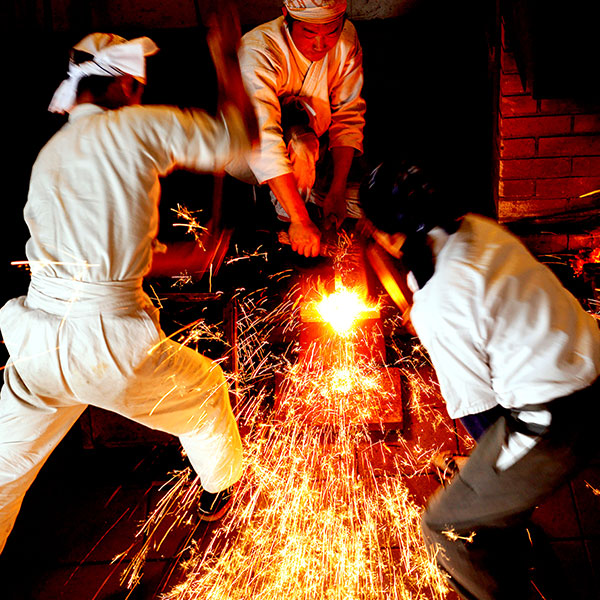

TRADITIONAL ARTS AND CRAFTS OF JAPAN:
THE JAPANESE SWORD
UNDERSTANDING THE CHARACTERISTICS OF JAPANESE SWORDS
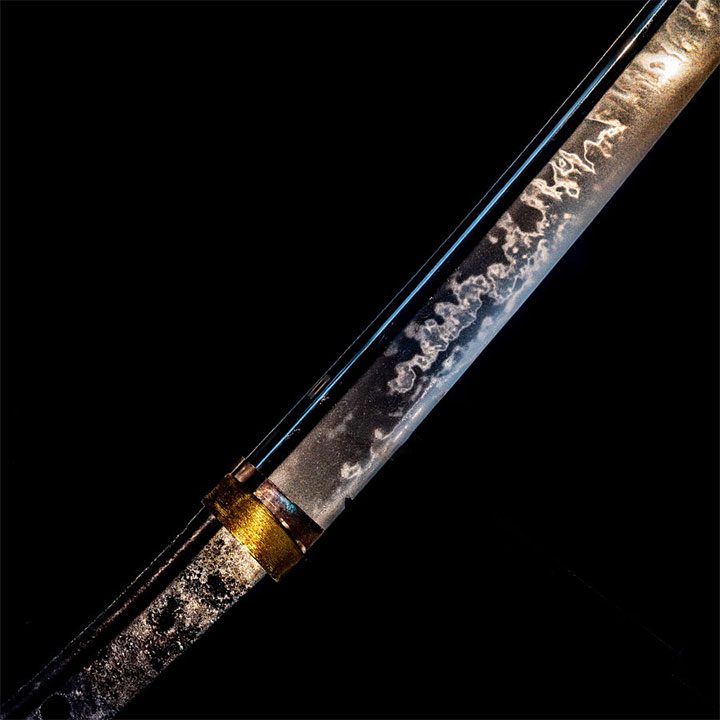

THE UNIQUE FOLD-FORGING PROCESS
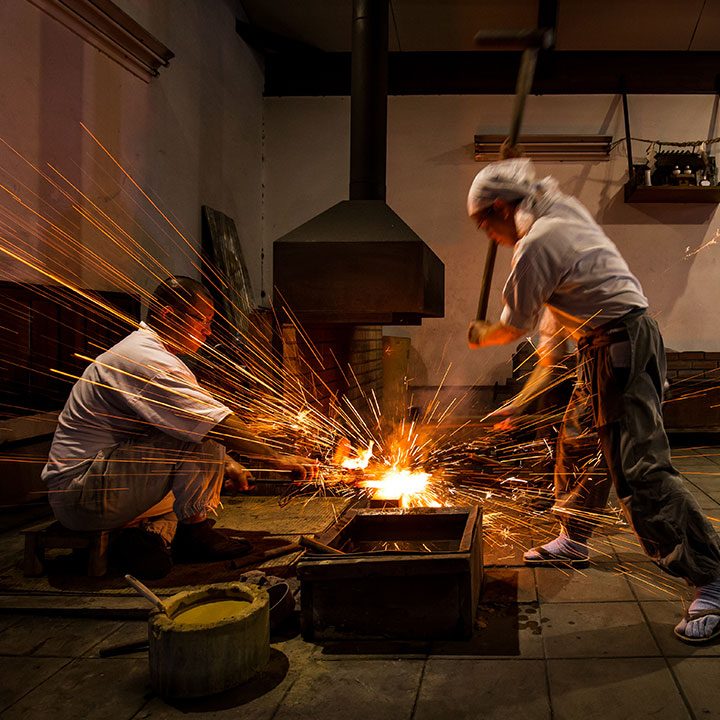
THE JAPANESE SWORD IS A COLLABORATION OF MANY ARTISANS
Japanese swords are completed via a combination of the finest traditional arts and crafts. A blade requires a casing to not only protect the owner from injury, but also the blade from damage. A complete set of mountings for a Japanese sword made utilizing these various traditional arts and crafts are called, koshirae.
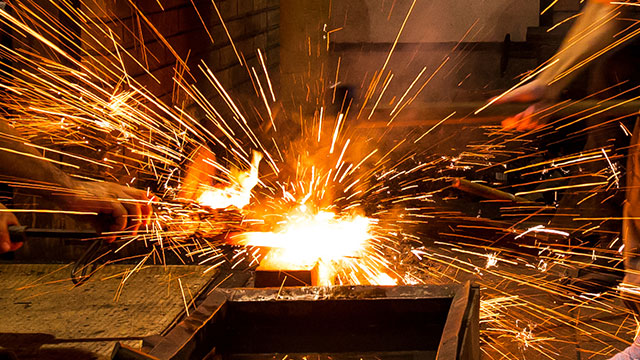
Swordsmith
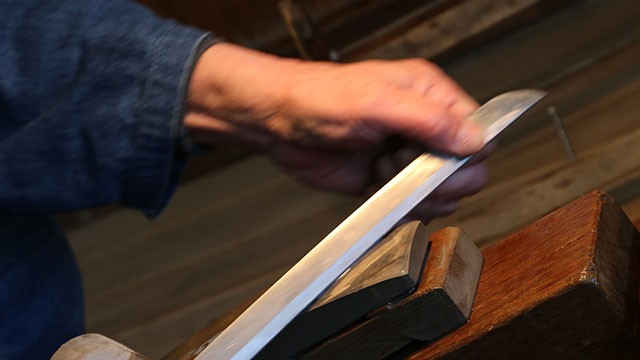
Togishi
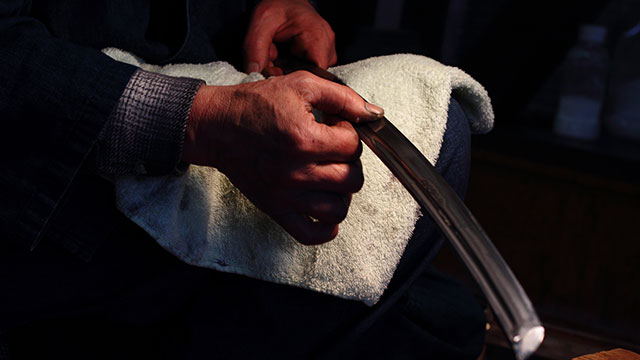
Shirogane-shi
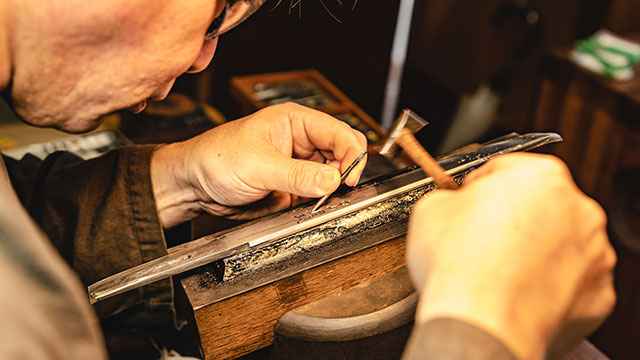
kinko-shi
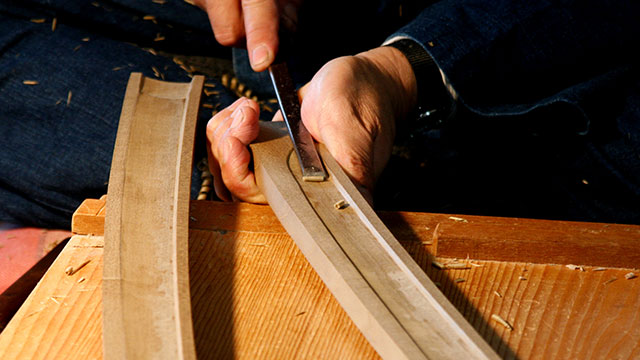
Saya-shi
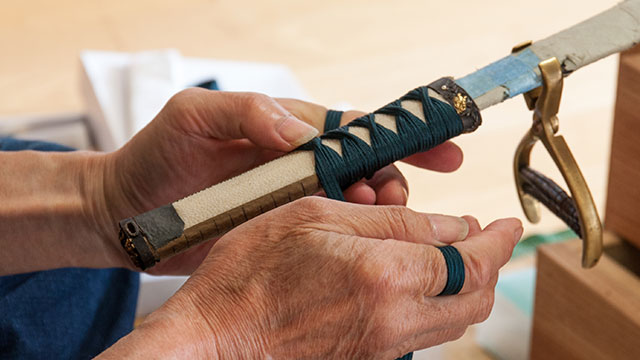
Tsukamaki-shi
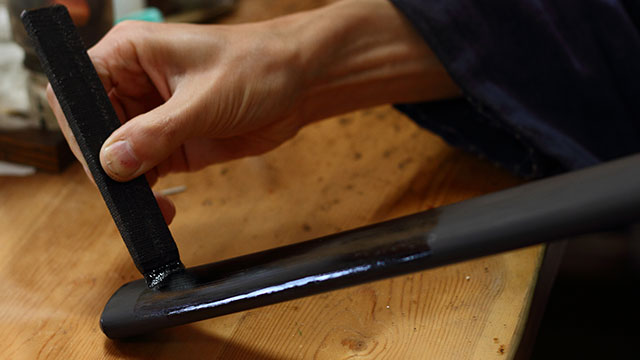
Nu-shi
A lacquerer (nu-shi). Scabbards are coated in traditional urushi lacquer to protect the wood from the elements. They can also be decorated with techniques such as maki-e.
THE FUNCTIONAL BEAUTY OF JAPANESE SWORDS
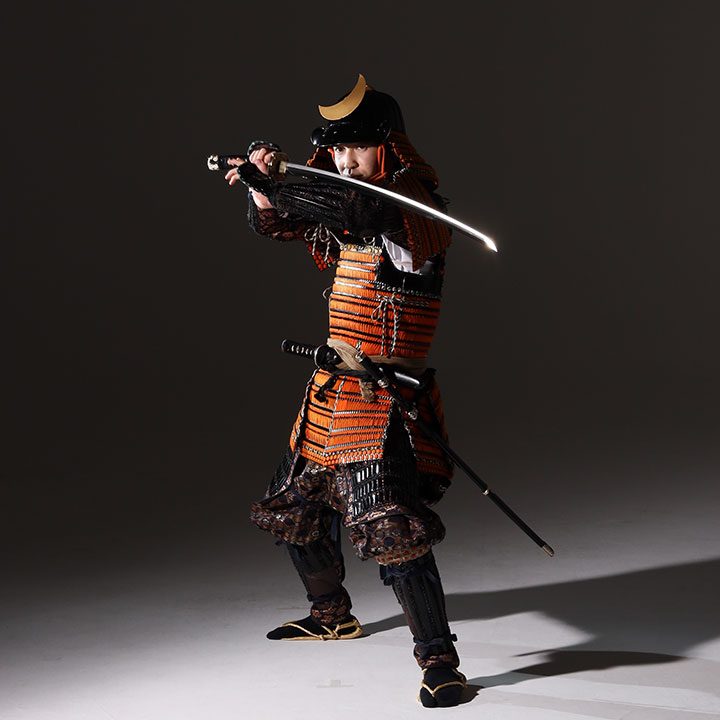
Originally straight swords were imported to Japan from the Asian continent, but somewhere between the 3rd and 6th centuries they began to be made domestically. Then, around the mid-Heian period curvature began to be added to blades, eventually resulting in the perfected Japanese sword around the mid 10th C.
One theory is that the curvature was added to the blade for ease of drawing while on horseback. Their elegant appearance, which is part of the reason that Japanese swords are regarded as consummate works of steel art, is a result of the pursuit of functionality. Therefore, it can be said that Japanese swords are the ultimate form of functional beauty. Born from the desire for the perfect weapon.







